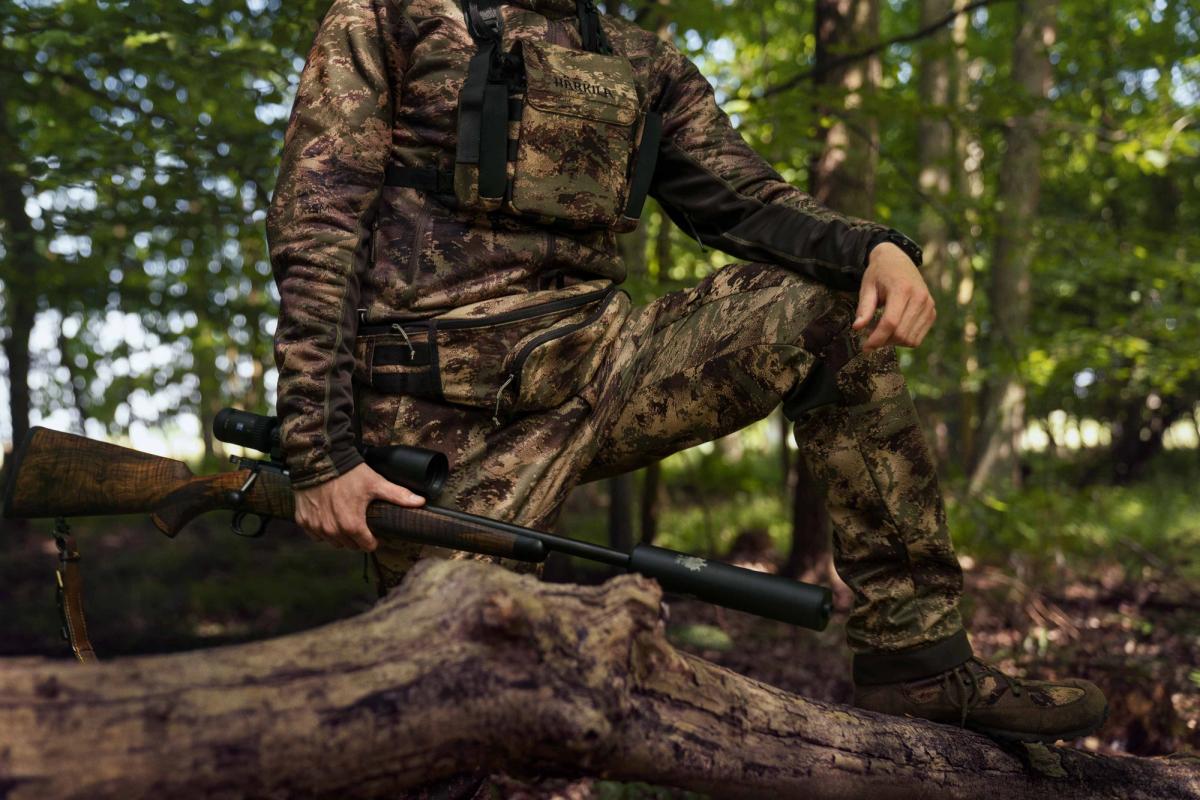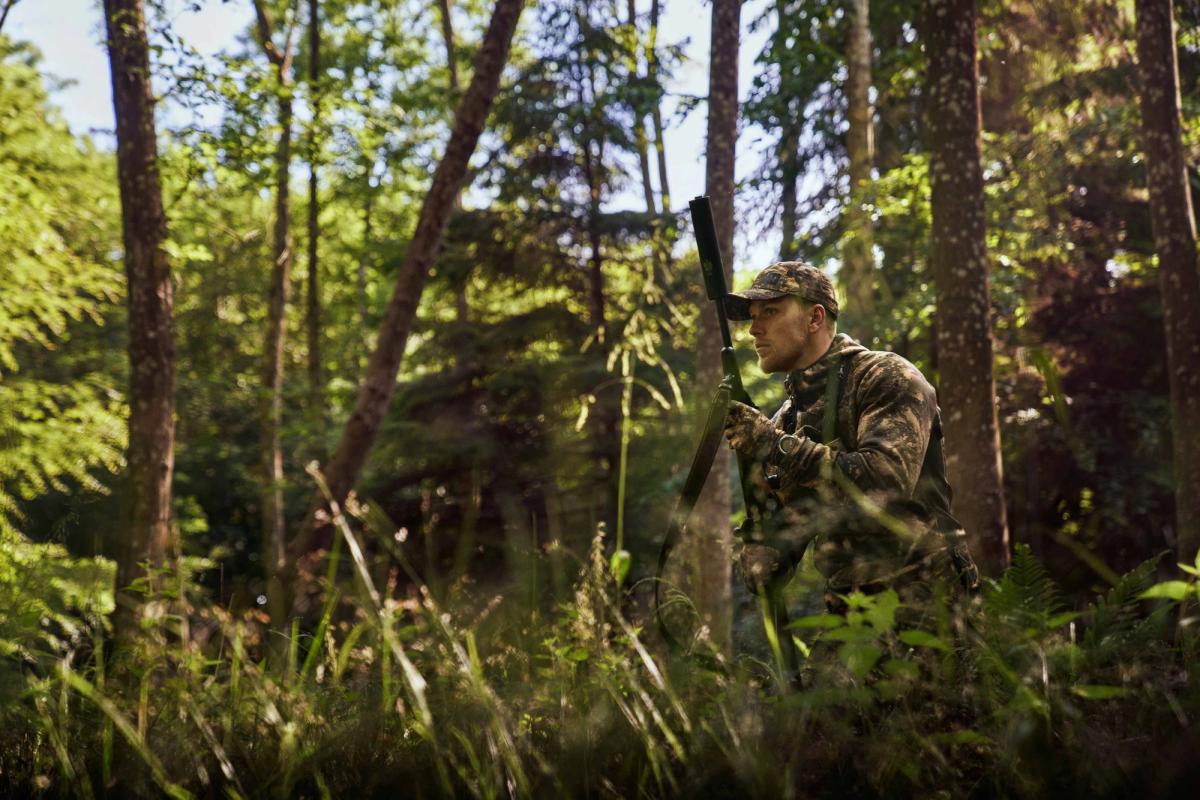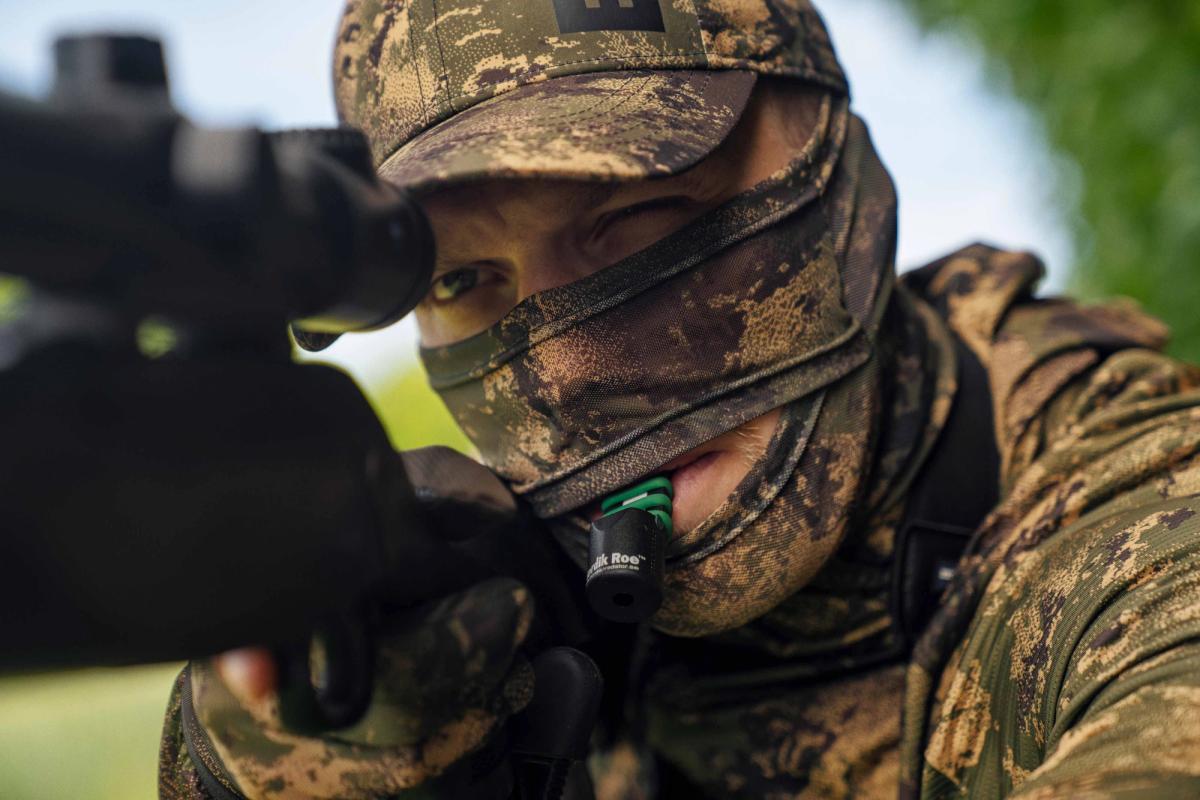Methoden zur Optimierung Ihrer Tarntechniken bei der Jagd
Wie tarnen Sie sich bei der Jagd effektiv?
Die Jagd erfordert Geduld, Erfahrung und eine sorgfältige Vorbereitung. Einer der entscheidenden Faktoren für den Jagderfolg ist dabei die Fähigkeit, mit der Umgebung zu verschmelzen – ohne das Wild zu beunruhigen. Hier spielt Tarnung eine zentrale Rolle. In diesem Beitrag zeigen wir Ihnen bewährte Methoden und geben praxisnahe Tipps, wie Sie Tarnmuster und Techniken effektiv einsetzen, um im Revier möglichst unauffällig zu bleiben.
1. Das richtige Tarnmuster für Ihr Revier wählen
Der erste Schritt zu einer funktionalen Tarnung ist die Wahl des passenden Tarnmusters – abgestimmt auf das jeweilige Jagdgebiet. Unterschiedliche Muster eignen sich für verschiedene Lebensräume: etwa für Wald, offenes Feld, Bergregionen oder trockene Landschaften. Entscheidend ist, dass das Muster möglichst gut mit der natürlichen Umgebung harmoniert, in der Sie auf die Pirsch gehen.
Denken Sie daran: Die Natur ist niemals zweidimensional. Ein Tarnmuster allein reicht oft nicht aus. Ergänzen Sie Ihre Kleidung, wenn möglich, mit natürlicher Vegetation aus dem Revier. So wirkt Ihre Silhouette lebendiger und natürlicher.
Ein weiterer Vorteil für Sie: Das Sehvermögen von Schalenwild – wie Rot-, Dam- oder Rehwild – ist in Bezug auf Tiefenwahrnehmung eingeschränkt. Bewegungen allerdings nehmen die Tiere sehr schnell wahr. Achten Sie daher nicht nur auf das passende Muster, sondern auch auf eine kontrollierte, ruhige Bewegung im Gelände.

2. Bewegung
Viele Wildarten verfügen über ein besonders ausgeprägtes peripheres Sehvermögen. Gerade Fluchttiere wie Rehwild oder Feldhasen nehmen Bewegungen im Umfeld äußerst schnell wahr. Zum Vergleich: Während das menschliche Sichtfeld etwa 120 Grad umfasst, liegt es bei diesen Wildarten bei rund 300 Grad. Für Jägerinnen und Jäger bedeutet das: Nicht das Tarnmuster allein entscheidet über den Jagderfolg, sondern auch die Art und Weise, wie Sie sich im Gelände bewegen.
Wenn das Wild äst oder anderweitig abgelenkt ist, haben Sie die Möglichkeit, sich langsam voran zu tasten. Sobald das Tier aufblickt, ist es entscheidend, völlig regungslos zu verharren. Diese Wechsel aus vorsichtiger Bewegung und absoluter Ruhe sind essenziell für eine erfolgreiche Pirsch.
Wer seine Chancen beim Anpirschen verbessern möchte, findet weiterführende Informationen im Beitrag: Wie Sie sich auf der Pirsch unsichtbar machen – bewährte Techniken für Jägerinnen und Jäger.

3. Die Umgebung als Tarnung nutzen
Ein entscheidender Aspekt wirkungsvoller Tarnung liegt darin, die natürliche Umgebung gezielt einzusetzen. Eine gute Position im Revier zeichnet sich durch vier wesentliche Faktoren aus: Vegetation, Lichtverhältnisse, Hintergrund und Bewegung.
Vegetation als Tarnhilfe nutzen
Die Einbindung in die umgebende Vegetation verstärkt die Wirkung hochwertiger Tarnkleidung erheblich. Wenn Sie sich in oder direkt neben dichter Vegetation positionieren, wird Ihre Kontur zusätzlich gebrochen – ein wesentlicher Vorteil gegenüber offenem Gelände. Achten Sie dabei auf die Farbabstimmung: Ein dunkles Tarnmuster in einer hellen Umgebung – etwa auf freier Wiese bei starker Sonneneinstrahlung – kann schnell unnatürlich wirken und das Wild auf Sie aufmerksam machen.
Lichtverhältnisse gezielt berücksichtigen
Licht und Schatten beeinflussen stark, wie gut Wild Sie wahrnehmen kann. Ein schattiger Standort erhöht Ihre Chancen deutlich, da Ihre Umrisse in dunkler Umgebung weniger auffallen. Vermeiden Sie hingegen direkte Sonneneinstrahlung – sie hebt die Struktur Ihrer Kleidung hervor und lässt Sie selbst inmitten dichter Vegetation deutlich hervortreten. Idealerweise wählen Sie eine Position im Schatten, mit der Sonne im Rücken. So blickt das Wild in Richtung Licht, während Sie selbst weniger exponiert sind.
Der richtige Hintergrund
Ein passender Hintergrund ist entscheidend, um Ihre Silhouette zu verwischen. Dunkle, strukturierte Hintergründe – etwa Waldränder, Baumgruppen oder dichte Hecken – helfen dabei, Ihre Konturen mit der Umgebung verschmelzen zu lassen. Helle oder offene Hintergründe hingegen erzeugen Kontraste, die Ihre Umrisse ungewollt betonen.
Bewegung und Wind nutzen
Auch Bewegung in der Umgebung sollte nicht unterschätzt werden. An windigen Tagen bewegt sich nahezu alles – Gräser, Zweige, Büsche. In einem solchen Szenario still vor einem unbeweglichen Strauch zu stehen, kann Sie für das Wild sogar sichtbarer machen. Besser ist es, sich hinter einer bewegten Struktur zu positionieren – etwa hinter einem sich wiegenden Busch. So wirkt Ihre Präsenz natürlicher und ist für das Wild schwerer zu erkennen.

4. Tarnung ist nicht nur optisch – achten Sie auf Ihren Geruch
Nicht nur Ihr äußeres Erscheinungsbild kann Sie verraten – auch Ihr Eigengeruch spielt eine entscheidende Rolle. Viele Wildarten verfügen über einen hochsensiblen Geruchssinn. Riechen Sie für das Wild nach Mensch, ist die Chance groß, dass es flüchtet, noch bevor Sie es überhaupt zu Gesicht bekommen.
Spezielle geruchsneutralisierende Produkte wie Seifen, Deodorants oder Sprays können helfen, Ihre Witterung zu reduzieren – vollständig vermeiden lässt sie sich jedoch selten. Entscheidend ist daher, den Wind im Gelände richtig zu lesen. Wer Windrichtung und Thermik berücksichtigt und seine Positionierung im Revier entsprechend wählt, verschafft sich einen klaren Vorteil.

5. Von Kopf bis Fuß richtig kleiden
Manche mögen es für übertrieben halten, doch für eine vollständige Tarnung ist es unerlässlich, sich von Kopf bis Fuß entsprechend auszurüsten. Besonders auffällig für Wild sind Hände, Gesichtszüge und die Silhouette des Kopfes auf den Schultern.
Die Hände sind die beweglichsten Körperteile und verdecken sie diese, können Bewegungen besser kaschiert oder zumindest abgeschwächt werden. Auch das menschliche Gesicht ist für Wild gut erkennbar. Eine Abdeckung des Gesichts reduziert die Wahrscheinlichkeit, frühzeitig entdeckt zu werden.
Zudem sind Menschen die einzigen Tiere, die aufrecht stehen. Die typische Silhouette von Kopf und breiten Schultern wirkt daher für das Wild sehr markant. Um diese Umrisse zu durchbrechen, empfiehlt es sich, eine Kapuze zu tragen oder einen Schal sowie natürliche Vegetation so einzusetzen, dass sie vom Kopf in Richtung Schultern fallen. So lässt sich die charakteristische Kontur aufbrechen und Ihre Tarnung optimieren.

Abschließend lässt sich sagen, dass Tarnung ein zentraler Bestandteil der Jagd ist und maßgeblich über den Erfolg entscheiden kann. Mit der Wahl des richtigen Tarnmusters, der gezielten Nutzung natürlicher Elemente und der Beachtung des Eigengeruchs erhöhen Sie deutlich Ihre Chancen, sich optimal in die Umgebung einzufügen und so den entscheidenden Schuss erfolgreich auszuführen.
Erfahre mehr über unser weiteres Angebot im Bereich Tarnung in unserem Artikel über AXIS MSP.
DIE NOCTYX SERIE
Härkila NOCTYX ist unsere erste Produktreihe, die speziell für die Pirsch auf Wildschweine in den dunkelsten Stunden entwickelt wurde. Dabei haben wir die bahnbrechende Technologie unseres AXIS-Tarnmusters übernommen und sie in das ultimative Tarnmuster für nächtliche Pirschgänge verwandelt.